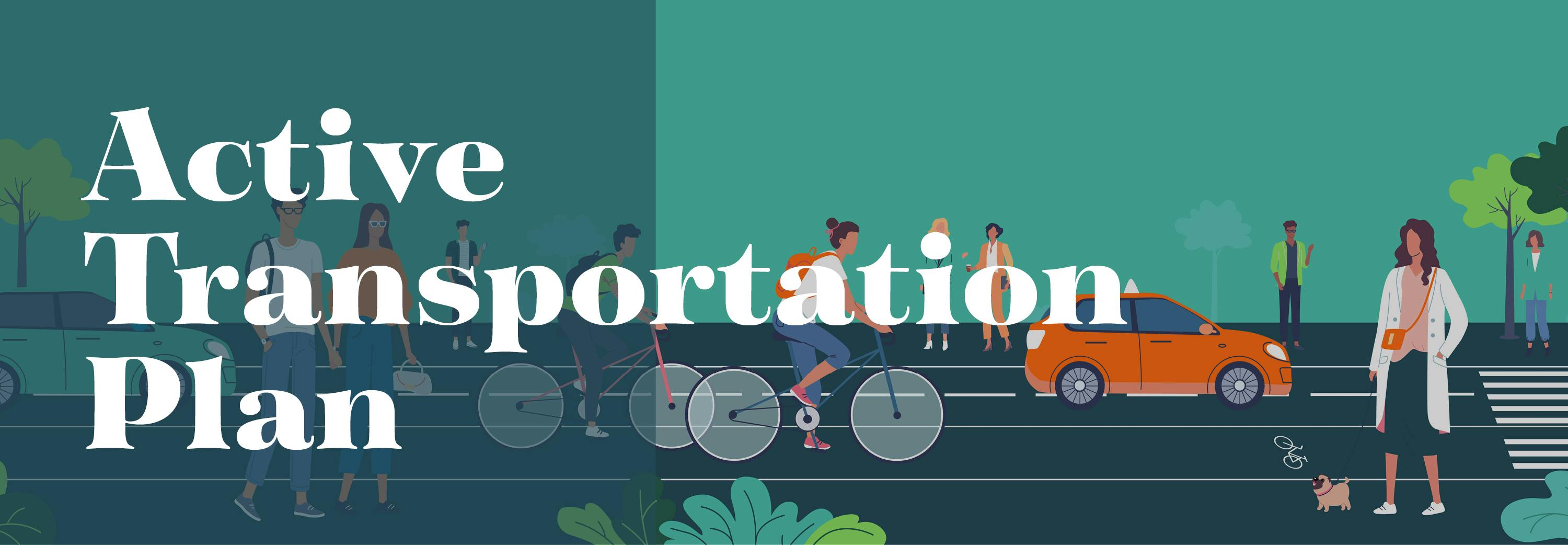FAQs
What is active transportation?
Active transportation includes any form of human-powered transportation, such as walking, cycling, using a scooter or wheelchair, and skateboarding. It is an alternative to motorized transportation and can be an effective way to promote physical activity, reduce traffic congestion, and lower greenhouse gas emissions.
Why is an Active Transportation Plan important?
An Active Transportation Plan is important for several reasons. It helps to promote sustainable and healthy transportation options, reduce traffic congestion, and improve public health. It also enhances the livability and vibrancy of the city by creating more attractive public spaces and improving the pedestrian and cyclist experience. A comprehensive Active Transportation Plan can provide direction and help budget for future projects and leads to successful grant writing.
Who is involved in developing an Active Transportation Plan?
Developing our Active Transportation Plan will involve a collaborative effort between City officials and staff, transportation planners, urban designers and engineers, collaboration with the CRD and other levels of government, community groups, and residents. Stakeholder engagement is an important part of the planning process, and input from various groups and individuals is necessary to ensure that the plan reflects the needs and priorities of the community.
How is data collected for an Active Transportation Plan?
Data collection for an Active Transportation Plan involve a variety of methods, including City policy and bylaw review, ICBC incident data review, survey, public input on an online map, and public input sessions. This data is used to identify areas of improvement and prioritize projects.
What kind of infrastructure improvements are typically included in an Active Transportation Plan?
Infrastructure improvements that may be included in an Active Transportation Plan include adding new bike lanes, widening sidewalks, improving pedestrian crossings, installing bike parking facilities, and creating shared-use paths. These improvements help to create a connected and safe network of active transportation routes that are accessible to people of all ages and abilities.
How is an Active Transportation Plan funded?
Funding for our updated Active Transportation Plan came from both federal and provincial funding. The updated Plan is 100% funded through these grant sources.
What are the benefits of an Active Transportation Plan?
An Active Transportation Plan can provide a range of benefits, including improved public health, reduced traffic congestion, lower greenhouse gas emissions, enhanced economic development, and increased community livability. It also promotes equity by ensuring that active transportation options are accessible to people of all ages, abilities, and socioeconomic backgrounds.
